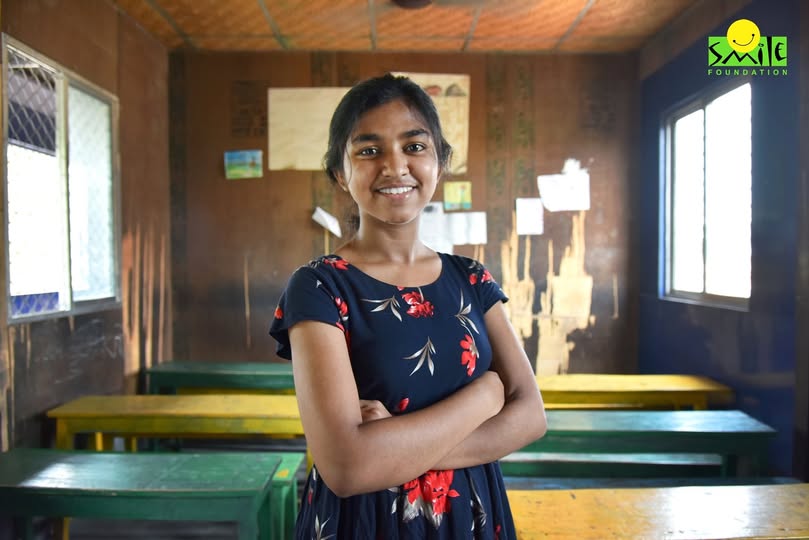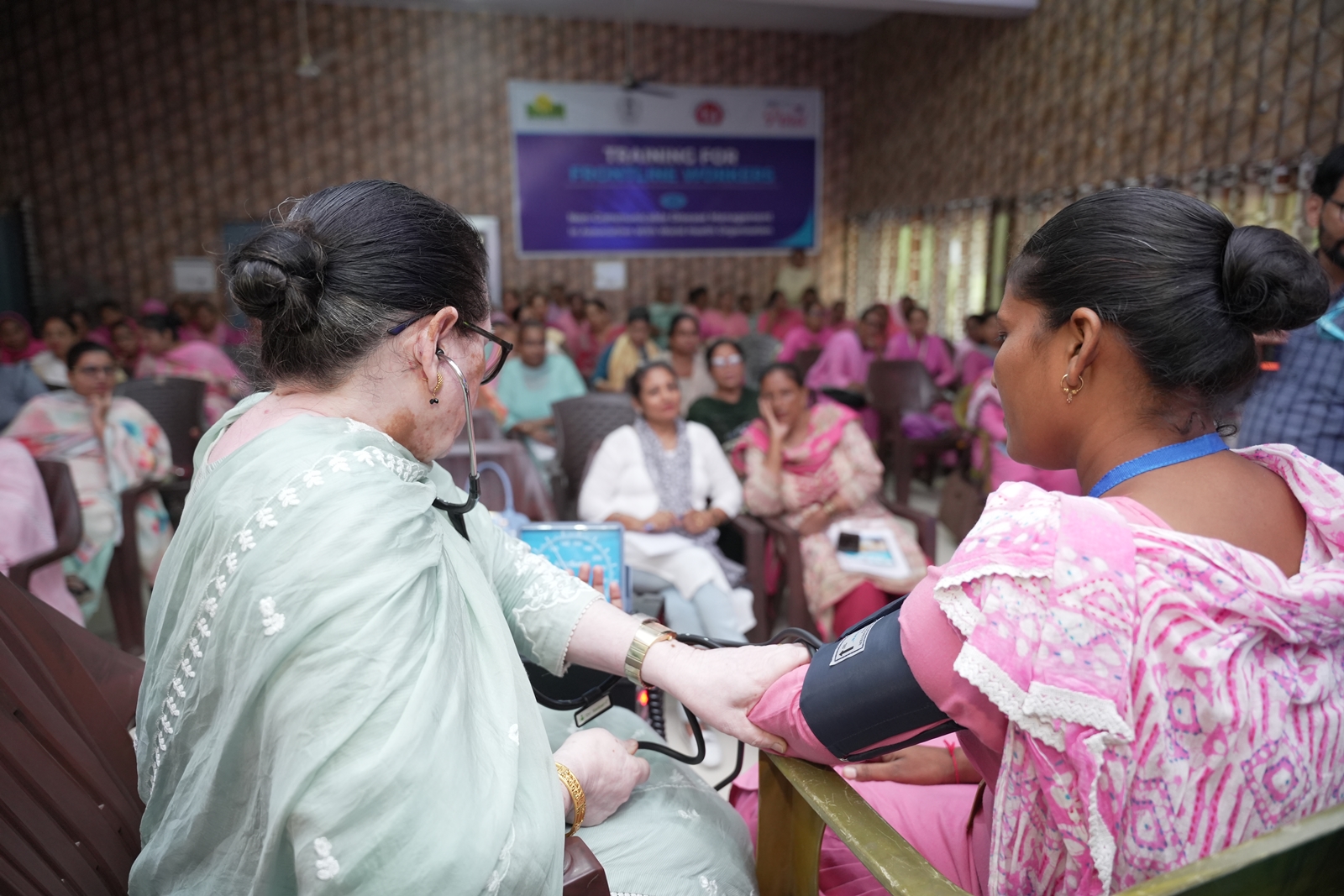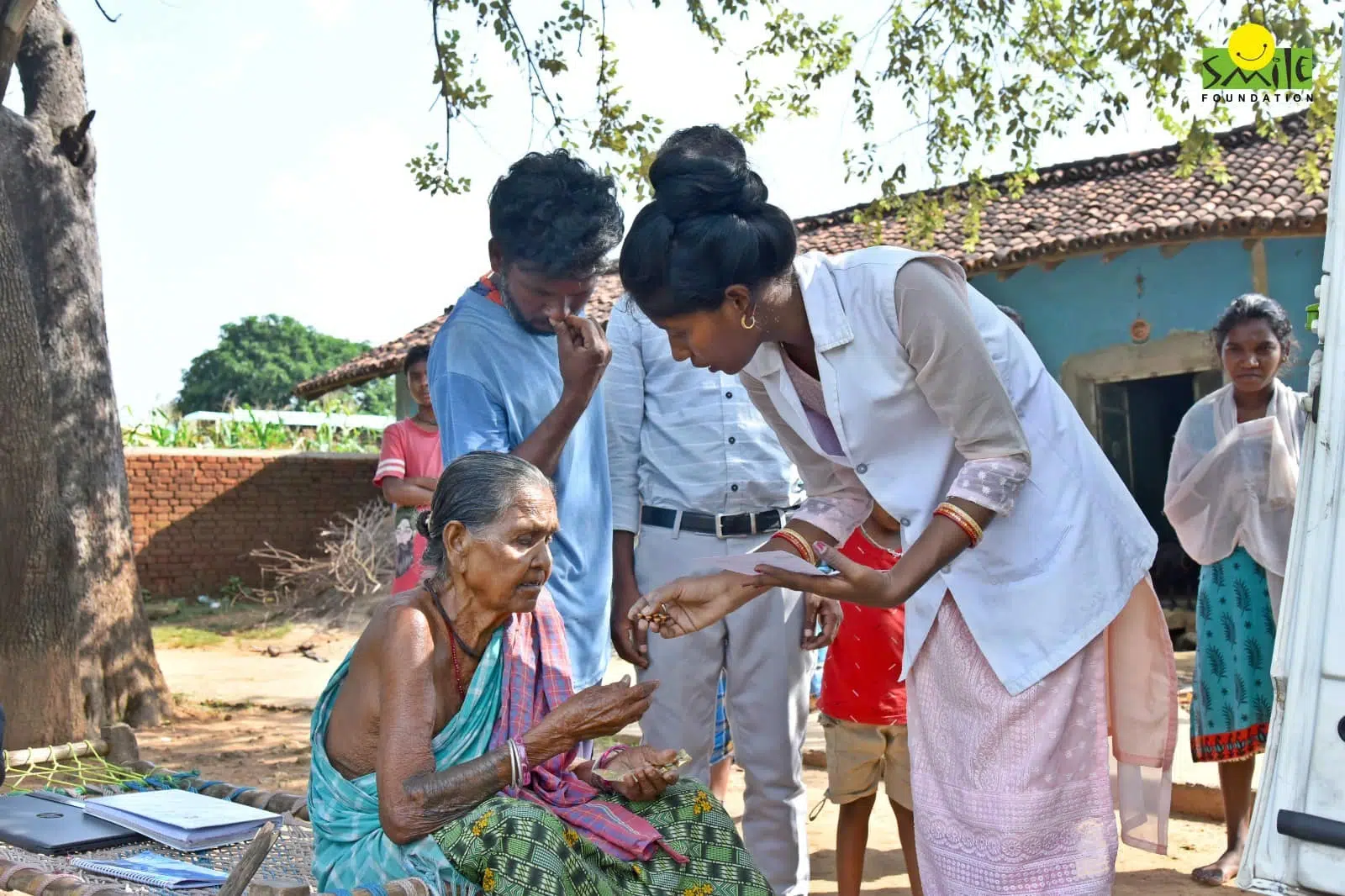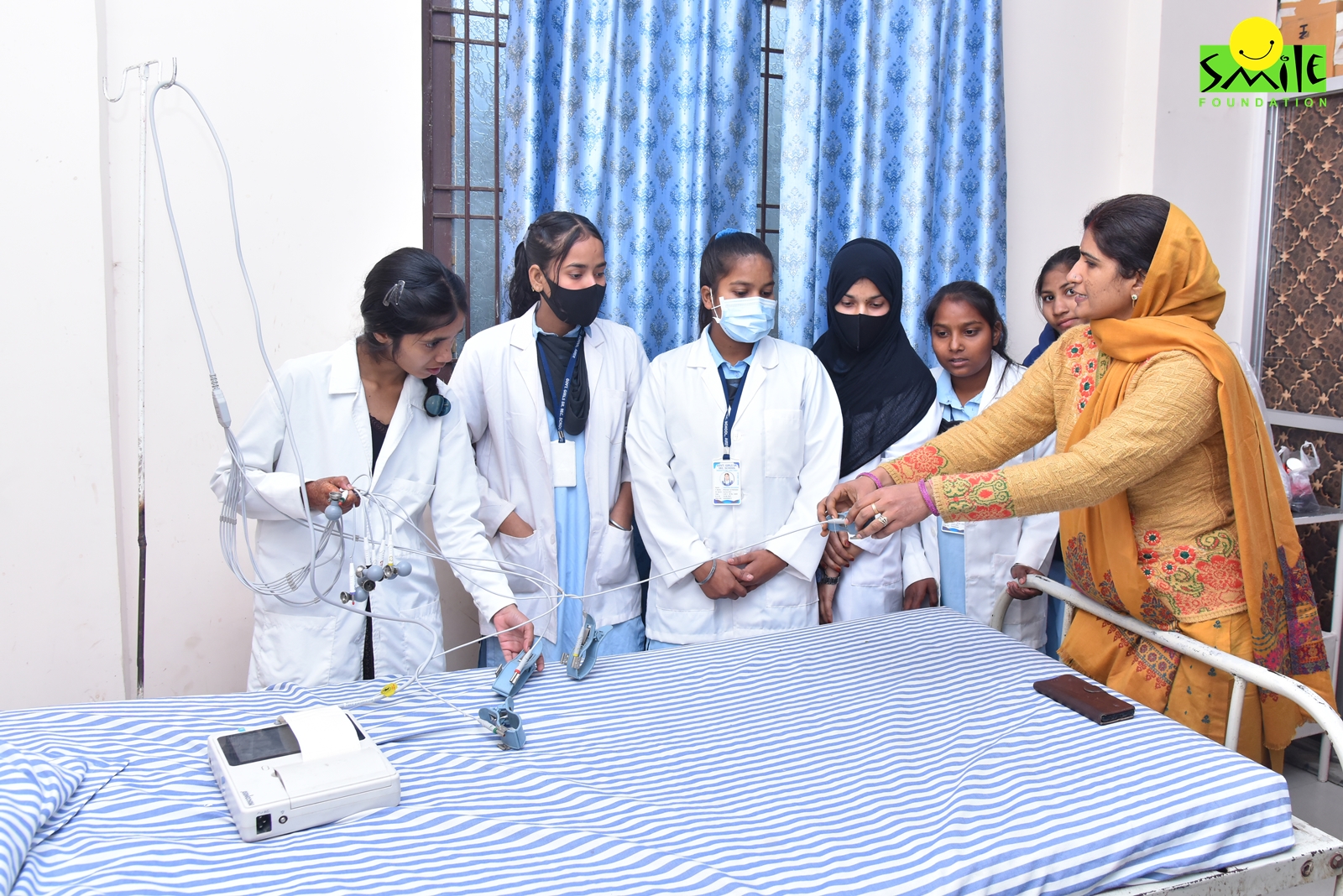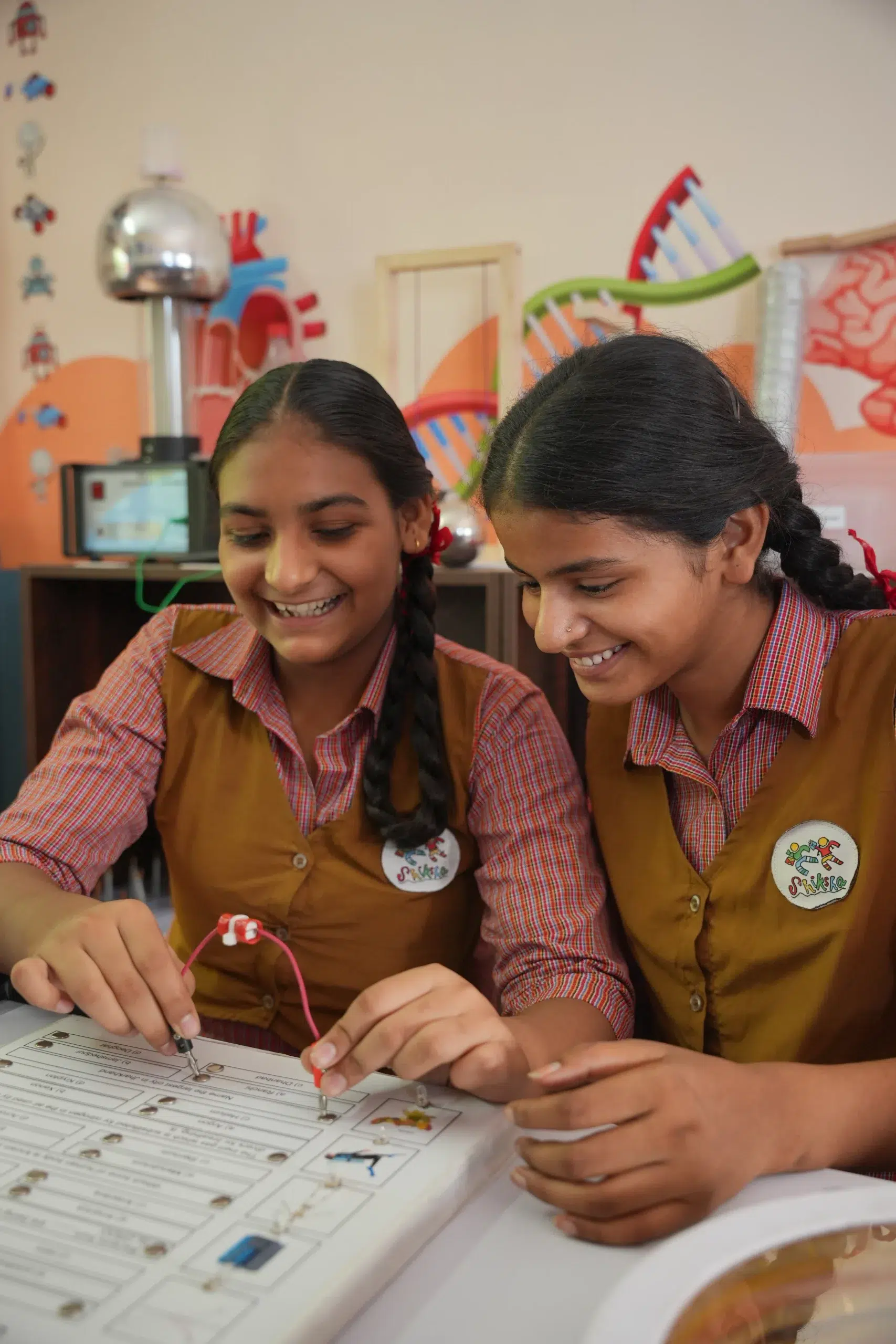The idea of a gender-equal society by 2030 is a bold goal set by the United Nations under Sustainable Development Goal (SDG) 5: Achieve gender equality and empower all women and girls. But with just a few years left, can we truly create a world where gender no longer dictates opportunities, safety, or rights?
Mrs.– a recent 2025 film that has taken center stage in conversations about gender, challenges deep-seated societal expectations of women. More than just a movie, it reflects the struggles many women face in balancing ambition with societal norms, mirroring real-world inequalities. It reminds us that gender equality, more than being about progressive policies, is also about changing deep-rooted biases.
Despite undeniable progress in education, employment, and lawmaking, gender discrimination, pay gaps, violence, and stereotypes are still widespread. So, can we achieve this milestone by 2030, or is it an idealistic dream?
Education: The Foundation of Gender Equality
Education is often cited as the key to breaking gender-based discrimination, and for a good reason. Countries that have prioritized equal educational access for all genders have seen remarkable improvements in economic growth, healthcare outcomes, and overall social development. According to UNESCO, globally, 118.5 million girls of primary and secondary school age are out of school, with sub-Saharan Africa and South Asia facing the largest gaps. In India, while gender parity in primary education is improving, dropout rates for girls increase significantly at the secondary level due to societal pressures, early marriage, and safety concerns. A survey found that nearly 30% of girl students drop out of schools by the time they get to class IX and the number rises to 57% in class XI, limiting future opportunities.
To bridge this gap, access to quality education must be non-negotiable. Gender-sensitive curriculum, scholarships, and mentorship programs tailored for marginalized communities can open doors. Skill-building initiatives, particularly in STEM and leadership, can further close the opportunity gap. The Government of India has launched initiatives like GATI (Gender Advancement for Transforming Institutions) to boost women’s participation in STEM and PM-USP Yojana to provide scholarships and reduce dropout rates.
Beyond the Pay Gap
Financial independence is one of the strongest weapons against gender disparity. Yet, women and non-binary individuals still earn less, face hiring discrimination, and have fewer leadership opportunities. According to the World Economic Forum’s 2023 Global Gender Gap Report, closing the gender gap in economic participation at the current rate will take a staggering 131 years. Less than 25% of the Indian workforce is female and the contribution of women to India’s GDP is just 18%, one of the lowest proportions in the world.
The solution? Focused policies on skill development, equal pay laws, and better workplace support. India has seen some progress with initiatives like the Maternity Benefit (Amendment) Act, but further action such as stronger paternity leave policies and stricter enforcement of workplace harassment laws are needed to create truly inclusive work environments.
Improving Healthcare Accessibility for Gender Equality
Gender disparity in healthcare remains a significant issue in India, where women often face limited access to medical services, higher malnutrition rates, and inadequate reproductive care. The statistics are staggering: India’s maternal mortality rate (97 per 100,000 live births) is higher than in developed nations. Over 50% of Indian women aged 15-49 suffer from anemia, affecting maternal and child health. In India, the National Family Health Survey (NFHS-5) reports that 29.3% of married women have faced domestic violence, and access to mental health services remains inadequate, particularly in rural areas.
Healthcare systems must be redesigned with gender in mind. Countries like Argentina, which have integrated gender-affirming healthcare policies, show what’s possible. India has made progress with initiatives like Ayushman Bharat, but expanding gender-sensitive services and tackling deep-rooted healthcare discrimination is crucial.
Gender-Based Violence
Despite stricter laws and increasing awareness, gender-based violence remains a major hurdle to achieving gender parity. The UN reports that an estimated 736 million women—almost one in three—have faced intimate partner or sexual violence. In India, fast-track courts for sexual violence cases and policies like the Protection of Women from Domestic Violence Act have helped, but underreporting and stigma still prevent many survivors from seeking justice.
Solutions go beyond laws; they require cultural shifts. More support services for survivors, including mental health counseling and financial aid, can make a difference. Countries like Spain, which have gender violence courts and immediate response teams, offer effective models that India and other nations can adapt.
A Seat at the Table, or Many Seats at the Table
For real change, women and non-binary individuals must have a voice in decision-making spaces. Globally, only 26.5% of parliamentary seats are held by women. In India, women make up just 14% of the Lok Sabha, far from equal representation.
Affirmative action policies can help. Rwanda, with 61% female parliamentary representation, sets a strong example of how political will can drive change. More inclusive leadership results in better policies, fairer budgets, and faster progress toward gender equity.
Smile’s Work for Gender Equality
Smile Foundation is actively engaged in promoting gender equality through various initiatives:
- Swabhiman Programme: This initiative focuses on women empowerment by providing digital financial literacy, health awareness, and entrepreneurship training. It aims to equip women with the knowledge and skills necessary to navigate the digital financial landscape effectively.
- Project Manzil: In Rajasthan, this project has provided counseling and employability skills training to over 90,000 young girls, enhancing their prospects for a better future.
- She Can Fly Campaign: This effort is designed to enable, equip, and empower underprivileged girl children with quality education, proper nutrition, good health, adequate skills, and self-confidence. The campaign supports more than 400,000 girls and women annually, offering education support to over 27,000 girls and healthcare support to more than 300,000 girls and women through mobile healthcare units.
- Smile Twin E-learning Programme (STeP): This program trains underprivileged youth in English, computer skills, soft skills, and other necessary competencies. To date, more than 10,000 youths have been trained, with over 6400 placed in various brands across India. Notably, more than half of the beneficiaries are girls, highlighting the program’s commitment to gender inclusivity.
Through these comprehensive programs, Smile Foundation strives to create a gender-equal society by addressing educational disparities, enhancing employability, and empowering women and girls across India.
Will We Get There by 2030?
Beyond laws and policies, societal attitudes must evolve to achieve gender equality in true form. Traditional gender roles still dominate, limiting aspirations and opportunities. The media, digital platforms, and education play key roles in shaping gender norms. However, India still struggles with a digital gender divide—only 33% of internet users are women, limiting access to online education and job opportunities.
The way we raise children matters too. Teaching boys and girls the same values, giving them equal responsibilities, and breaking gender stereotypes in schools and workplaces can lead to a more balanced future. So, Can we achieve a gender-equal society by 2030? The honest answer is—it’s unlikely. But that doesn’t mean the fight should slow down. The key lies in an integrated approach: change is possible when there is collective action and political will.
We may not get there by 2030, but we can ensure that gender equality is a reality in the making- every single day.



